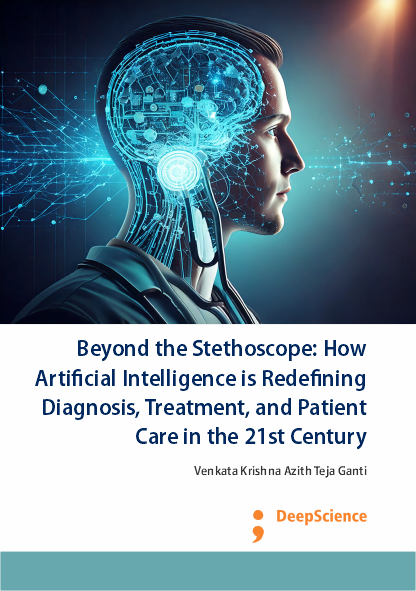Machine learning in clinical decision-making: Shaping the future of treatment plans
Synopsis
Clinical decision making – personal characteristics lead to the planning of effective treatments. Personalized medicine has become popular and has created new opportunities in clinical situations in recent years. Personalized realistic and appropriate health improvement plans for patient health conditions are considered as an important component of shared decision making. However, planning and taking effective action largely depend on the empirical judgment of the clinicians in clinical situations, and objective health improvement planning that is beneficial to both patients and clinicians is difficult. New data-driven treatment planning frameworks that can effectively plan health improvement processes to a practical level are proposed. There are public plans and models that propose treatment motion plans where it is possible to confirm that the planned motion plans are actionable and are in good agreement with clinical knowledge for the improvement of objective health factors. In addition, the proposed action helps clinicians to easily take patient-acceptable actions. Clinical outcomes show that the proposed planning motion plans effectively improve health factors. Finally, comparisons with conventional designs and encoding motion plans are performed for fixed-time set control functions. The results show that the proposed encoding motion plan can effectively improve the control objective by extending the action time by taking a feasible improvement action in time to compare the conveniences with the fixed-time set control function. Despite the numerous recent successes, it is still largely unclear how ML can support clinical decision-making. Ideally, after taking any data into account, it would be possible to classify the patient under the correct diagnosis. In human decision-making, a clinician would ideally explore all the available data and compare them to patients they have seen before or were trained to recognize. Because of this, numerous personal factors such as the knowledge and experience of the clinician, the time available, the noisy communication of diagnostic results, and even mood may bias the decision. For standardization, many professional organizations provide guidelines on how to manage patients under the best available evidence. This accumulation of evidence is generally based exclusively on data obtained from large cohorts of patients and, in general, corresponds to the average behavior of the population. However, these guidelines often ignore a large number of factors, both personal – sex, age, genetic predisposition, among others – and environmental – lifestyle, diet – that may be of relevance.













